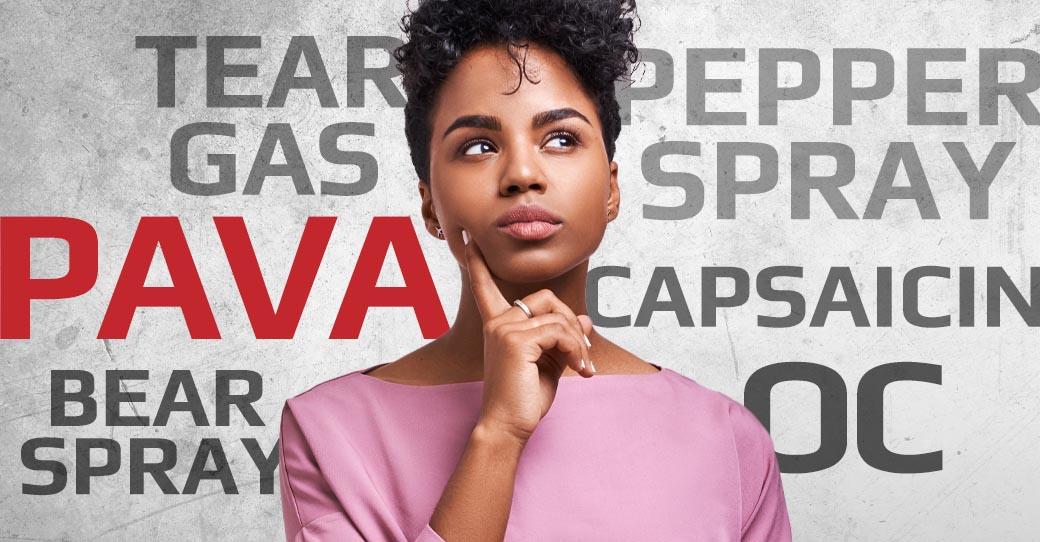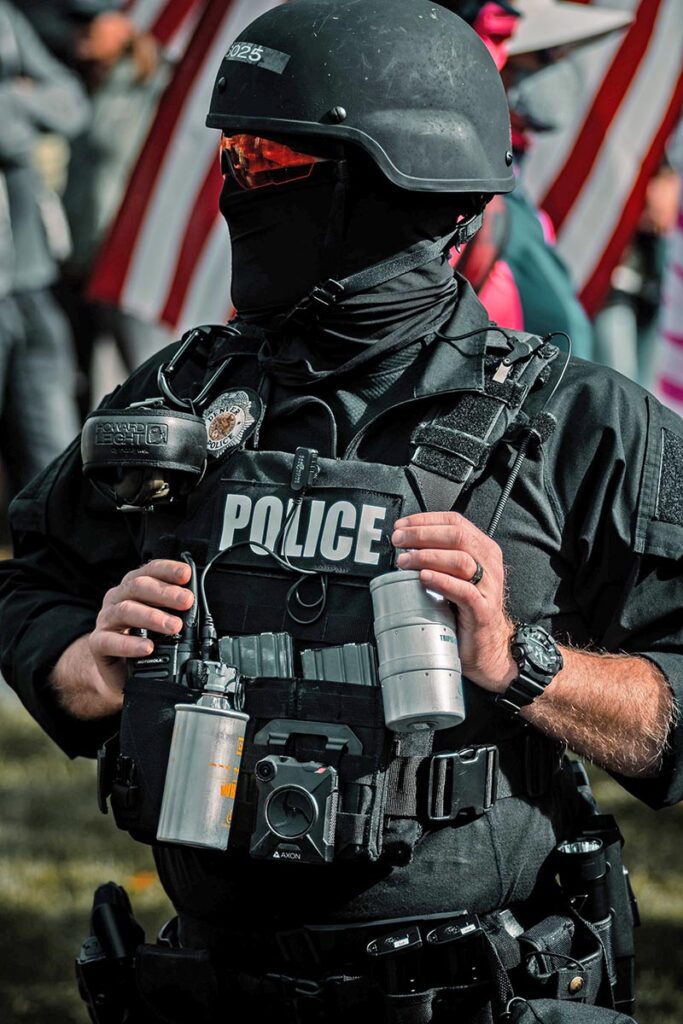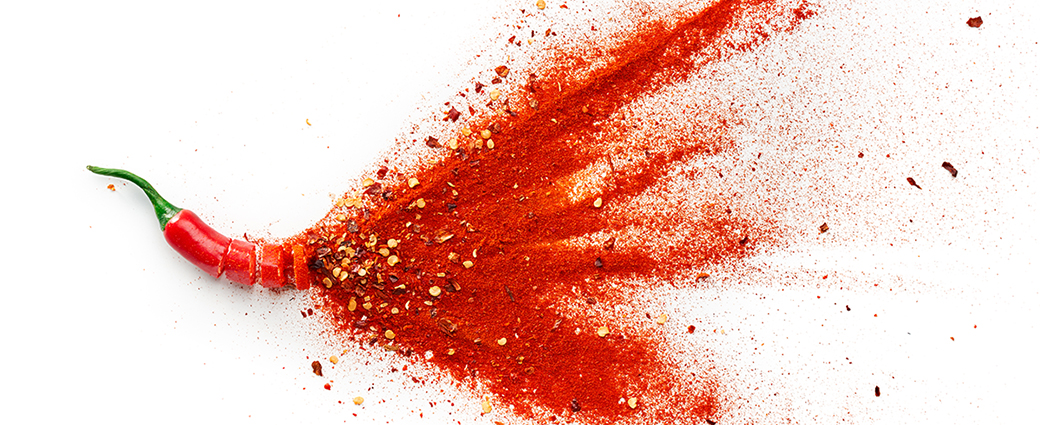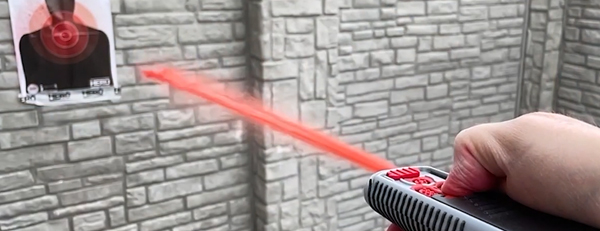Guide to Less-Lethal Irritants

differences between active ingredients
So you’ve decided to add less-lethal to your defense plan, but there’s so many options! What are all these irritants, and which one is best? It’s the same question we wrestled with when deciding which to use for our defense products. Hopefully we can shed some light on why we made the choice we did, while giving you some insight into the different options out there.
The names of these chemicals tend to get used interchangeably. While the umbrella term for all these compounds is “Tear Gas,” they actually aren’t gasses at all. They can be liquids, solids, powders, foams, or gels, and are dispersed via a delivery mechanism such as a projectile, canister, or spray.
All Tear Gas affects the body’s mucous membranes, specifically the eyes, nose, mouth and lungs. Targets experience intense burning sensations, temporary blindness, uncontrollable coughing, difficulty breathing, nasal discharge, disorientation, nausea, and even vomiting. Effects and length of symptoms experienced vary depending on the type of Tear Gas and its potency.
The agonizing results are created by activating one of two pain receptors in the body, TRPA1 or TRPV1. The different irritants can be categorized by which of these receptors is activated.
“Gas” Irritants
The TRPA1 pain receptor is activated by the “gas” irritants which are generally used for riot and crowd control by law enforcement. They include CR (dibenzoxazepine) gas, CN (phenacyl chloride) gas, CS (2-chlorobenzalmalononitrile) gas, and more recent creations like CX gas, CS2 gas, and others. These chemical compounds are created in a lab, and again, are not actually gasses.
CS is the most commonly used of the gas irritants. Stronger and more toxic than CS, CR and CN have an added risk of injury and death. CN was also historically known as “chemical mace,” not to be confused with the today’s brand name of Mace.

Pepper Irritants
Commonly used by the public, the TRPV1 pain receptor is activated by Pepper Spray, Bear Spray, and PAVA. These irritants are derived from the hot components of pepper (capsicum) plants known as capsaicinoids. These oily irritants make them difficult to wash off.

Pepper Spray
Also known as Oleoresin Capsicum (OC) spray, capsaicin spray, or capsicum spray, Pepper Spray is created by grinding up the fruit of the pepper plant, then extracting the capsaicin by evaporating it from a solvent. Because this process relies on a naturally occurring source, capsaicinoid levels vary from plant to plant. A common concern about Pepper Spray is variability in its effectiveness.
Bear Spray
Made with the same ingredients as Pepper Spray, Bear Spray functions differently in order to specifically deter bears. You can learn more about the differences here.
PAVA
Also known as Pelargonylvanillylamide, VP, Nonivamide, Capsaicin II, or Synthetic Capsaicin, PAVA is also found in pepper plants. However, it can be created synthetically in the lab to ensure potency and effectiveness is always the same. Additionally, police indicated in one study that PAVA is more painful than Pepper Spray.
How Hot is It?
When it comes to pepper irritants you’ll see different methods for measuring effectiveness and strength. But some methods don’t really offer meaningful measurements:
OC Percentage
When a product lists a percentage of OC, it’s simply stating the volume of active ingredients for the whole product. This is not a measure of effectiveness or strength, nor even a measure of volume per burst/shot/spray/etc.
Scoville Heat Unit (SHU)
Scovilles are a commonly used way to measure a pepper’s heat level. But an irritant rendered from a plant is only a small portion of the whole, making SHU a useless measure for active ingredients.
Major Capsaicinoids
High-Performance Liquid Chromatography (HPLC) testing is the most accurate method of measuring heat level. You’ll recall these irritants are derived from the capsaicinoids found in peppers. There are six major capsaicinoids, and the HPLC test measures each. PAVA and Capsaicin are two of the major capsaicinoids, and the hottest.
We use HPLC testing for quality and consistency. Our PAVA has 1.33% major capsaicinoids.
HERO® Picks PAVA
While PAVA is more expensive than Pepper Spray, we know it’s worth the cost. Every batch of PAVA is created equally and tested for efficacy before it leaves the lab. Self-defense requires powerful and reliable irritants to save lives. That’s why we believe PAVA is the best tool for the job and the reason it’s been trusted by police and military for decades!


